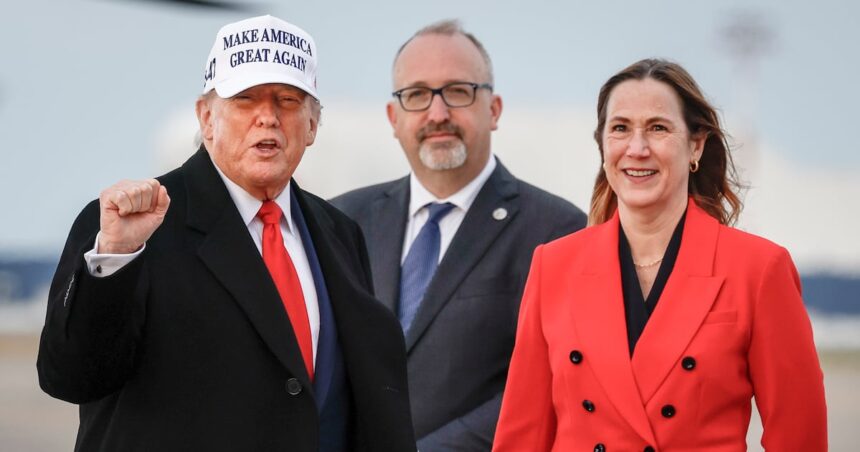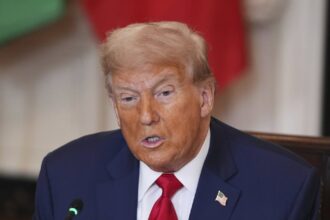As Donald Trump prepares to return to the White House in January 2025, Canada’s diplomatic corps is strategizing a careful approach to managing what promises to be a challenging relationship. According to Kirsten Hillman, Canada’s ambassador to the United States, the northern neighbor will need to navigate the upcoming Trump administration with measured patience and strategic engagement.
“We’re just going to have to take it one step at a time,” Hillman told reporters during a recent diplomatic forum in Ottawa. “The relationship between our countries is deep, complex, and ultimately built on mutual interests that transcend any single administration.”
This cautious approach reflects the hard-earned lessons from Trump’s first term, when Canada found itself repeatedly caught in the crosshairs of unexpected tariffs, treaty renegotiations, and public criticism. Trade relations were particularly strained during the USMCA negotiations, which replaced NAFTA under significant pressure from the Trump administration.
Economic analysts at the CO24 Business desk note that Canada’s export-dependent economy remains vulnerable to potential trade disruptions. With approximately 75% of Canadian exports destined for the U.S. market, the stakes couldn’t be higher for Prime Minister Justin Trudeau’s government.
“The challenge for Canada will be balancing principled positions on international issues while maintaining productive working relationships with key figures in the incoming administration,” says Dr. Eleanor Matthews, professor of international relations at the University of Toronto. “It’s a delicate dance that requires both firmness and flexibility.”
Sources within Global Affairs Canada, speaking on condition of anonymity to discuss sensitive diplomatic preparations, indicate that the government has been developing contingency plans since early 2024. These strategies focus particularly on Canadian economic interests in sectors previously targeted by Trump, including steel, aluminum, lumber, and automotive manufacturing.
“We’ve spent the past four years building relationships with state governors, congressional representatives, and industry leaders who understand the value of the Canada-U.S. relationship,” one senior official explained. “Those connections will be crucial in the months ahead.”
The diplomatic playbook also includes enhanced engagement with what insiders call “stabilizing figures” in Trump’s inner circle – advisors and cabinet members who have demonstrated pragmatism in international affairs. This approach proved somewhat effective during Trump’s first term, when certain administration officials helped moderate some of the president’s more disruptive impulses toward Canada.
Canadian business leaders are expressing cautious optimism, having weathered the previous Trump presidency. “We’ve been through this before and emerged with our trade relationship intact, albeit with some adjustments,” said Michael Denham, president of the Canadian Chamber of Commerce. “The business community knows how to adapt to changing political winds.”
Public opinion research suggests most Canadians support a pragmatic approach. A recent survey by the Angus Reid Institute found that 68% of Canadians believe their government should prioritize practical cooperation on shared interests rather than confrontation over values differences.
For Canadian political observers, the coming months will reveal much about the future trajectory of Canada-U.S. relations. Particular attention will focus on Trump’s cabinet selections, especially for positions with direct influence over trade policy, border security, and North American defense cooperation.
As Ambassador Hillman noted in her closing remarks, “The Canada-U.S. relationship has weathered many storms throughout its history. While challenges undoubtedly lie ahead, our shared geography, integrated economies, and common interests provide a foundation that transcends political cycles.”
As we watch this diplomatic strategy unfold, the question remains: Can Canada’s step-by-step approach effectively protect its interests while maintaining a productive relationship with a president known for unpredictability and transactional diplomacy?


















